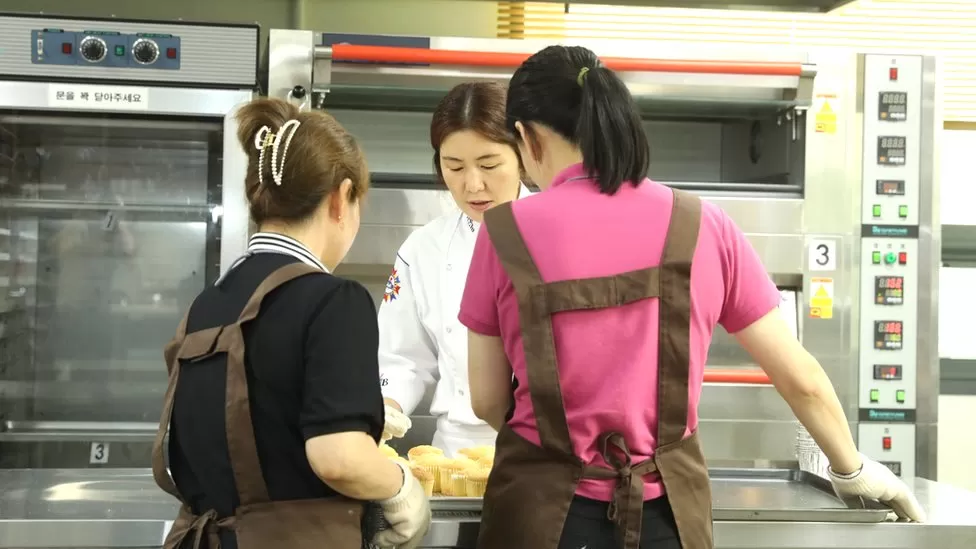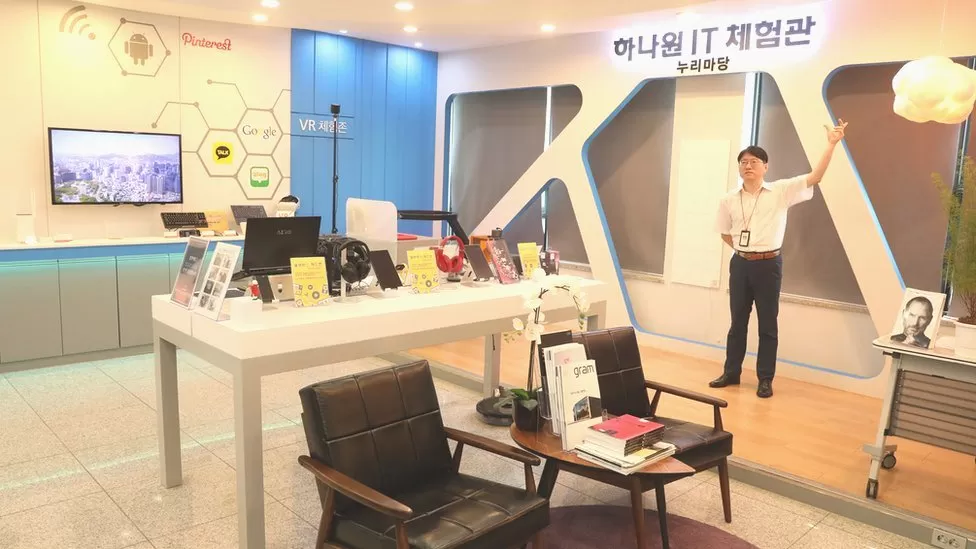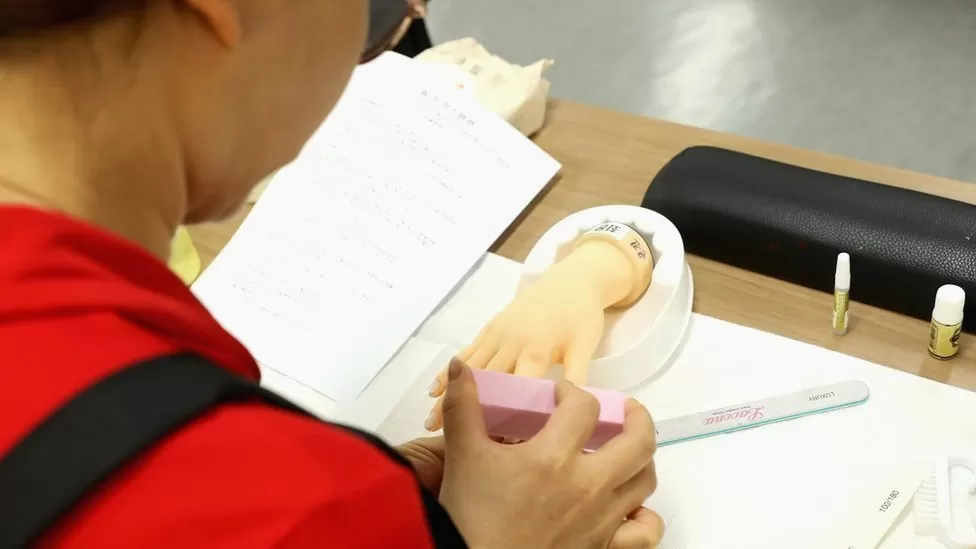From trauma to training – new lives for North Korea’s defectors

There is an odd-looking complex of buildings in a rural setting of wooded hills and rice paddies about two hours’ drive from Seoul, the capital of South Korea.
The multi-storey structures tower over the surrounding countryside and are surrounded by a high fence and guarded gate. There is privacy, security, and isolation in the compound.
When North Korean defectors arrive in South Korea, they are sent here for three months, as part of a training facility, medical facility, and re-education center.
In full, it is called Hanawon, which stands for Settlement Support Center for North Korean Refugees.
In recent years, there has been a significant decline in the number of North Koreans escaping poverty and repression by traveling to South Korea – risking death if caught.
Nearly 3,000 immigrants arrived every year a decade or so ago. The number dropped to around 1,000 in the years that followed and then to below 100 during the pandemic, when North Korea sealed its borders.
Although this is the case, South Korea has reaffirmed its commitment to expanding Hanawon not only to keep it open, but also to keep it operational.

Seoul believes that more people will be able to flee North Korea as Covid controls are relaxed. As a result, Hanawon will once again be filled to capacity.
Kwon Young-se, South Korea’s Unification Minister, said the country must prepare to welcome the new immigrants.
“It is important for us to view defectors as neighbours, not as aliens,” he said.
On Monday, when the South Korean government gave journalists a rare look inside Hanawon, its hedges, flowers and manicured trees appeared welcoming in the summer sun.
In the training center, North Korean defectors are offered 22 courses in subjects like hair and beauty, baking, and clothing manufacturing.
A room has been set up to resemble a nail salon, where defectors learn about manicures. In order to practice painting, polishing, and filing, they use model hands.

A delicious smell of baking fills the air; it has drifted down from next door’s cookery class.
A number of courses help the North Koreans adjust to life in a country that is decades ahead of their own in terms of technology.
A classroom is set up like a store that sells high-tech gadgets. Displays of tablets, smartphones, and computers have been set up.
On the other hand, the floor of another building resembles a modern hospital. Among the white medical coats and small ward are consulting rooms and a few doctors.
North Koreans are not just taken care of physically; many also come with severe psychological problems that need immediate attention.
